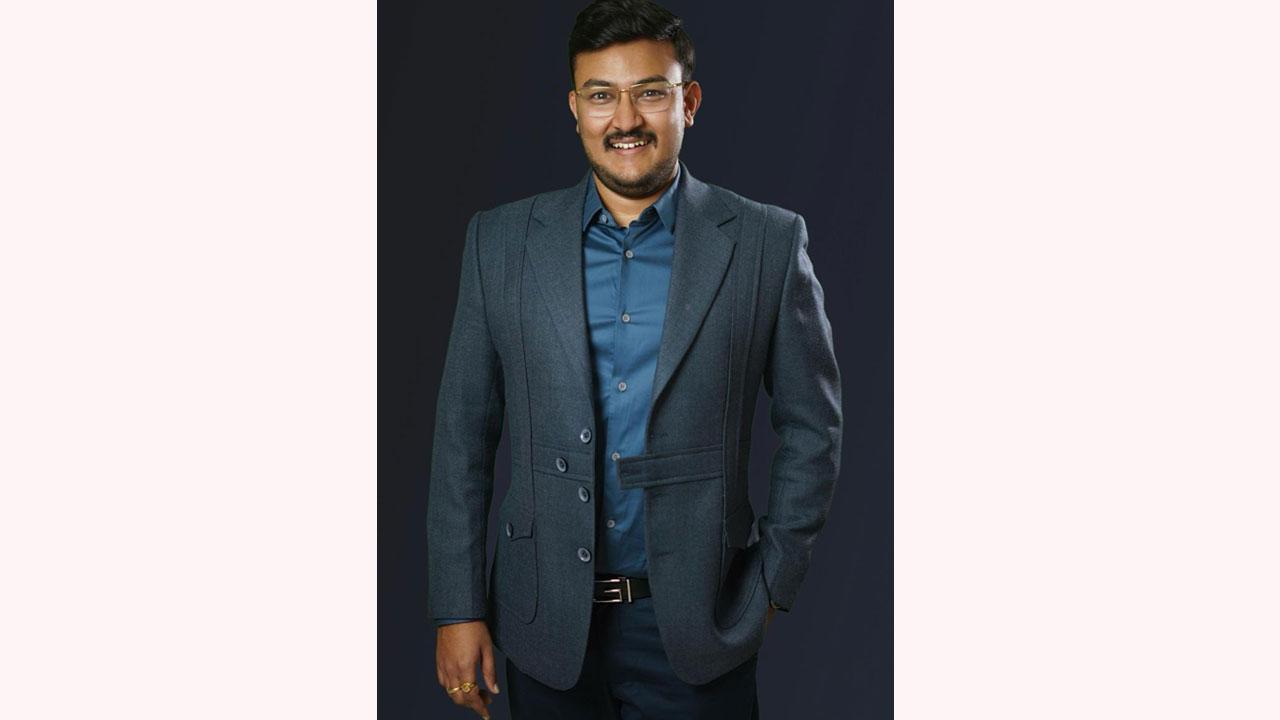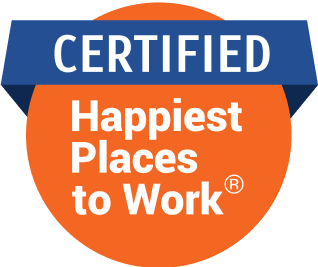New tools like AI-assisted rough cuts and remote workflows have changed the game technically, but the essence of editing remains deeply human.

Kartikye Gupta
Editing used to be considered the invisible craft-an artform that worked best when no one noticed it. But in the era of streaming, branded content, and short-form storytelling, editing has become one of the most defining creative acts in filmmaking.
Editing used to be considered the invisible craft-an artform that worked best when no one noticed it. But in the era of streaming, branded content, and short-form storytelling, editing has become one of the most defining creative acts in filmmaking.
Modern editors are no longer just post-production technicians. They’re co-authors of the narrative, shaping emotional arcs and visual flow with a precision that influences how a story is felt. Whether it’s a 60-second Super Bowl commercial or a six-part docuseries, the editor sets the tone for how a story unfolds.
“Directors bring vision, but editors shape impact,” says Kartikye Gupta, a Los Angeles-based editor whose work spans Netflix shows, CNN documentaries, and global campaigns for brands like Meta and Nike. “We see the material before anyone else does. And in many ways, we’re the first audience, reacting instinctively to what the footage is trying to become.”
With streaming platforms churning out content at an unprecedented pace, the demands on editors have intensified. Tight deadlines and shifting creative briefs are par for the course, requiring editors to think fast and cut even faster. But speed is only one part of the job. It’s emotional intelligence- knowing when to pause, when to shift tone-that elevates an edit from functional to memorable.
New tools like AI-assisted rough cuts and remote workflows have changed the game technically, but the essence of editing remains deeply human. Gupta notes, “Technology can save time, but it can't replace intuition. That gut feeling-that’s what creates resonance.”
In an industry where everyone’s chasing the next viral hit or binge-worthy drop, editors have quietly become the architects of attention. You might not see their names on posters, but you feel their choices in every beat, every silence, every breath.
 Subscribe today by clicking the link and stay updated with the latest news!" Click here!
Subscribe today by clicking the link and stay updated with the latest news!" Click here!














